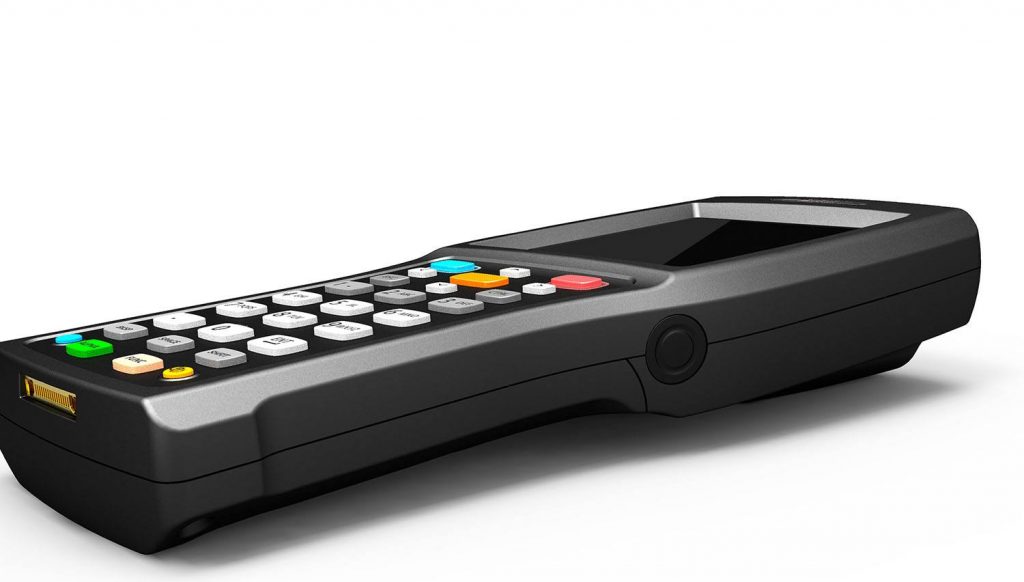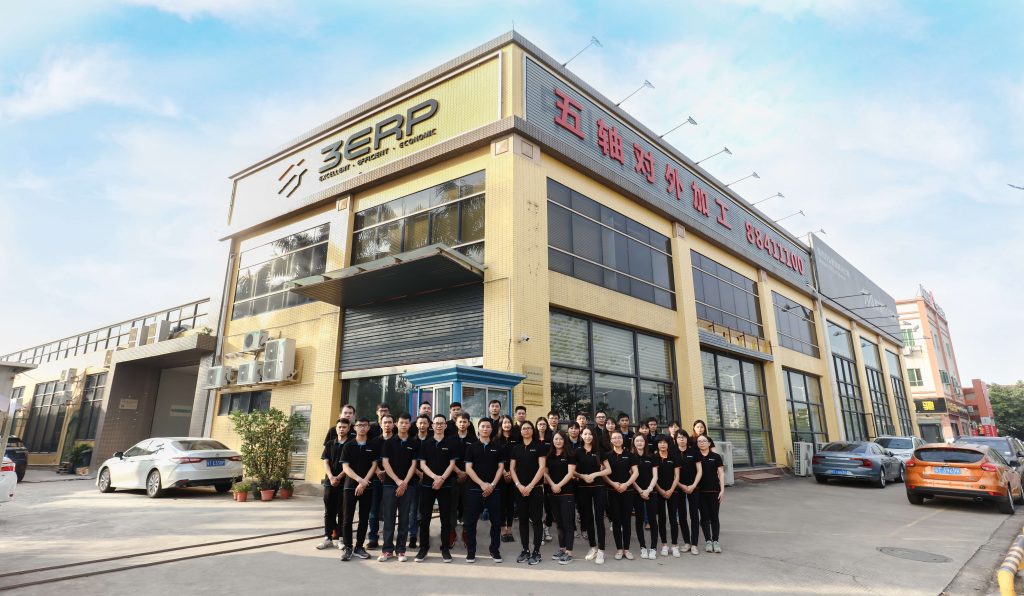
3D printing has given businesses the ability to create prototypes quickly and at a low price. Using a 3D printer, it is now simpler than ever to turn a digital 3D design into a physical object: desktop 3D printers are affordable and relatively easy to operate, while online 3D printing services allow non-experts to have their prototypes printed by those with a more in-depth knowledge of the process.
But while 3D printing is often cheaper than traditional manufacturing processes, it can still represent a significant investment. For young businesses in particular — those looking to develop their first products — forking out on a 3D printed prototype can eat up a large chunk of budget.
Fortunately, help is at hand. By observing a few simple rules regarding materials, design features and different 3D printing processes, the cost of 3D printed prototypes can be reduced without sacrificing quality. Prototyping specialist 3ERP knows how to deliver professional-quality 3D printed prototypes on a budget, and is here to offer advice for prototyping on a budget.
Why 3D printing can be cheaper than the alternatives
While there are particular ways to reduce the cost of a 3D printed prototype, it is important to know why 3D printing or additive manufacturing is, in general, an affordable means of creating prototypes.
One of the fundamental advantages of 3D printing is its economy with material. Where other processes like CNC machining and injection molding require excess material — CNC machines turn part of the workpiece into waste metal chips; injection molding requires the creation of a mold — 3D printing uses only the amount of material needed for the object itself. A small amount of material may be sanded or cut away during post-processing, but 3D printing generally uses the bare minimum of raw material.
3D printing can also help to save money over the entire product development process. Since no tooling is required, businesses can modify their digital design to create radically new iterations of a prototype at no extra cost. By contrast, amending an injection molded prototype would require the creation of a new mold — at a much greater cost than a single 3D printed prototype.

Ways to reduce the cost of 3D printed prototypes
Material selection
The simplest way to reduce the cost of a 3D printed prototype is to select a low-cost material for the project. This needn’t have an adverse effect on the outcome: if the prototype will only be used for display purposes, affordable materials like PLA or ABS are perfectly capable of producing a quality-looking prototype that can later be developed into something more robust.
Of course, material selection is directly linked to the type of 3D printing process that will be used. The most common 3D printing process, Fused Deposition Modeling (FDM), allows for the cheapest materials, such as PLA. More expensive processes like Stereolithography (SLA) are not compatible with materials like PLA, but have their own range of low-end materials. Prototyping with a standard SLA resin, for example, will be cheaper than prototyping with a durable or rubber-like resin.
Remember that prototypes do not necessarily need to be made from the same material as the finished part. For example, a carbon-reinforced nylon automotive part could be prototyped using a standard nylon for display purposes; the carbon version would only need to be made at the testing or pre-production stage.
Design considerations
Hollowing out
A huge advantage of 3D printing is its ability to create objects with hollow or partially hollow interiors. Since a 3D printed part is built up layer by layer and not simply flooded with a liquid material, businesses can use the technology to create hollow or near-hollow 3D printed prototypes.
Creating a hollow 3D printed part can entail designing the prototype in such a way using CAD software. Alternatively, most FDM 3D printer software has an Infill setting, allowing the user to modify the density (and effective material usage) of a 3D printed part. Using less material by hollowing out the inside of a part naturally reduces material costs.
Supports
Complex 3D printed parts — those with features that jut out, for example — often require support structures: sections of material that are printed solely to act as scaffolding, used to prevent the main structure of the part from collapsing during the printing process. These support structures are often necessary, but careful consideration of the design makes it possible to reduce their number.
While compromising on a design is not ideal, it can be beneficial to think of the 3D design in terms of how it will be printed. If overhanging features are not entirely necessary, or if their angles can be adjusted to reduce the size or number of supports, the material usage and eventual cost of the print job can be reduced.
Scaling down
A seemingly obvious (but often forgotten) way to reduce the cost of a 3D printed prototype is to simply scale it down. Non-functional prototypes can often be created in scaled-down form if the smaller version is still able to demonstrate the appearance and function of the product.
By scaling down a 3D printed prototype, money can be saved by reducing the total material usage and cutting down the operation time of the printer.
Finishing
3D printed parts can be post-processed in various ways, from a rough sanding of the printed part to more complex processes such as coloring, epoxy coating and metal plating. In general, simpler finishing options will be cheaper to accomplish, resulting in a lower total cost.
Working with a budget-conscious prototyping service
For companies looking to create a 3D printed prototype via a third-party service, it is beneficial to select a partner with expertise in additive manufacturing and one that knows how to keep costs to a minimum.
Prototyping specialist 3ERP is one such company. Not only does the prototyping service provider offer a range of services including 3D printing, CNC machining, injection molding and vacuum casting, it also has experience working with a wide variety of clients, from internationally recognized companies like BMW, Lamborghini and Thyssenkrupp to young startups creating their very first prototype.
Because of this experience at both ends of the spectrum, 3ERP knows how to deal with companies working on a budget. Its staff are happy to work with a client to decide on material, design and process options, finding a solution that is both practical and cost-effective.
Contact 3ERP to discuss the possibilities of 3D printed prototypes.

Subscribe to Our Email Newsletter
Stay up-to-date on all the latest news from the 3D printing industry and receive information and offers from third party vendors.
Print Services
Upload your 3D Models and get them printed quickly and efficiently.
You May Also Like
The Market and Industry Potential of Multi-Material 3D and 4D Printing in Additive Electronics
Additive manufacturing leverages computer-based software to create components for products by depositing either dielectric or conductive materials, layer by layer, into different geometric shapes. Since its birth in the 1980s,...
3DPOD 262: Bio-inspired Design for AM with Dhruv Bhate, Arizona State University
Dhruv Bhate is an associate professor at Arizona State University. There, he looks at structures, materials, and design. Previously, he worked at PADT as well as in the semiconductor and...
3DPOD 261: Tooling and Cooling for AM with Jason Murphy, NXC MFG
Jason Murphy´s NXC MFG (Next Chapter Manufacturing) is not a generalist service; instead, the company specializes in making tooling. Using LPBF and binder jet, the company produces some of the...
3DPOD 260: John Hart on VulcanForms, MIT, Desktop Metal and More
John Hart is a Professor at MIT; he´s also the director of the Laboratory for Manufacturing and Productivity as well as the director of the Center for Advanced Production Technologies....
































